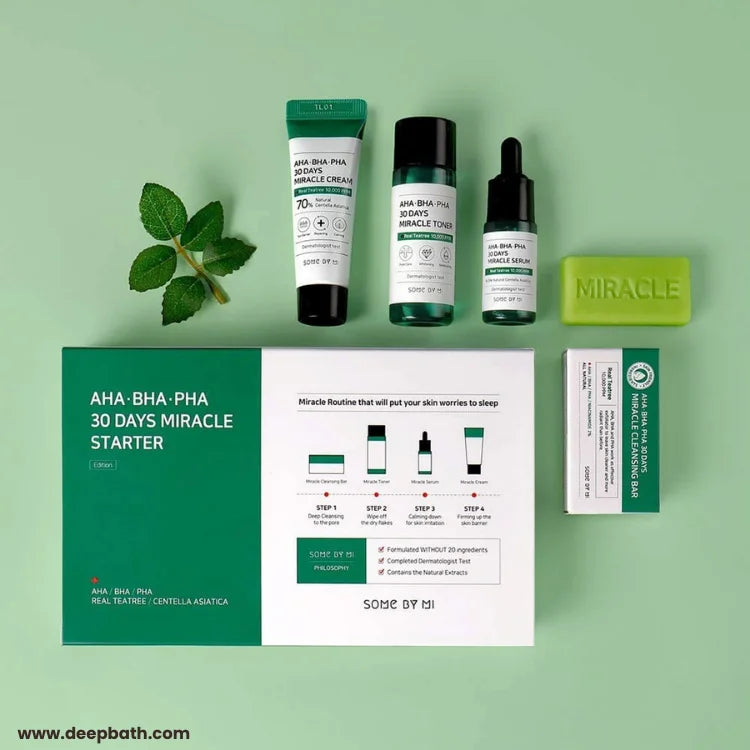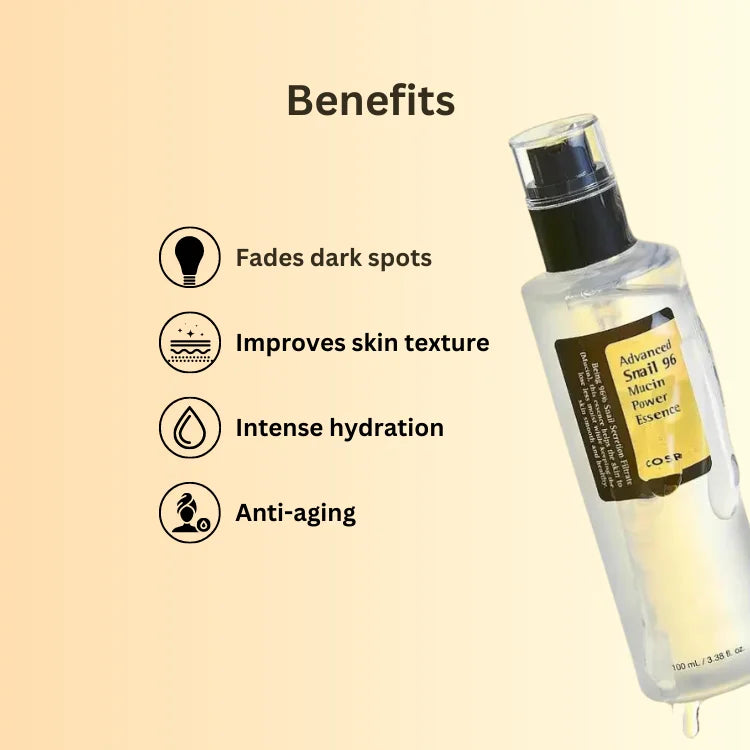Introduction
Acne, the most common skin condition, affects millions of people worldwide. While it's most prevalent among teenagers, adults aren't spared either. It can be a source of physical discomfort and significantly impact one's self-esteem. The good news? With the right care, products, and consistency, managing acne-prone skin can be made easier. This blog post aims to guide you through the steps to care for acne-prone skin effectively.
Importance of Gentle Cleansing

Cleanliness is the first step to clear skin. However, cleansing for acne-prone skin isn't about scrubbing your face clean or using harsh soaps. It's about gentle cleansing that removes excess oil and dirt without stripping your skin of its essential oils. Acne-prone skin needs TLC, and a gentle cleanser can provide just that.
Tips for Choosing the Right Cleanser:
- Look for non-comedogenic products: These do not clog pores, reducing the chances of acne formation.
- Avoid harsh soaps: They can strip your skin of essential oils, triggering more oil production and potentially causing more breakouts.
- Consider Active Ingredients: Salicylic acid, benzoyl peroxide, and glycolic acid are commonly used in cleansers for acne-prone skin.
One cleanser we recommend for acne-prone skin is the "Some By Mi AHA, PHA 30 Days Miracle Starter." It helps combat acne without drying out your skin.

Understanding Ingredients and Their Effects
In the world of skincare, knowledge is power, and understanding the ingredients in your skincare products is crucial. Here are some key ingredients to look out for:
Salicylic Acid: This ingredient helps unclog pores and remove dead skin cells. It is ideal for blackheads and whiteheads.
Benzoyl Peroxide: It kills acne-causing bacteria and helps remove dead skin cells to prevent clogging.
Retinoids: These vitamin A derivatives help prevent clogged pores and reduce acne inflammation.
For a soothing acne treatment, consider the "COSRX Snail 96 Mucin Essence." Infused with snail mucin, it hydrates the skin while healing acne scars.

Consistency in Skincare Routine
An effective skincare routine is not a one-and-done deal. It requires consistency. Here's a simple yet effective routine to consider:
- Cleansing: Start with a gentle cleanser. Cleanse twice daily to keep your skin free from excess oil and skin cells.
- Treat: Apply an acne treatment product. This could be a gel, cream, or lotion that contains acne-fighting ingredients.
- Moisturize: Acne treatments can be drying. Follow up with a non-comedogenic moisturizer to hydrate your skin.
- Protect: Use an SPF during the day to protect your skin from harmful UV rays which can worsen acne and acne scars.
One moisturizer we recommend is the "COSRX Advanced Snail 92 All In One Cream." It moisturizes and promotes skin repair, helping to reduce acne scarring.
Seeking Professional Help When Necessary
While a good skincare routine can manage acne-prone skin, severe acne might require professional help. If you have severe acne or if your acne isn't responding to over-the-counter treatments, it might be time to see a dermatologist. They can prescribe more potent treatments like prescription retinoids or antibiotics. Remember, there's no shame in seeking help. Your skin health is worth it!
Conclusion
Managing acne-prone skin is a journey, not a race. It's about understanding your skin and giving it the care it needs. Remember, be gentle to your skin, understand your ingredients, and stay consistent with your routine. While it may take time to see results, your patience will pay off. Here's to happier, healthier skin!
